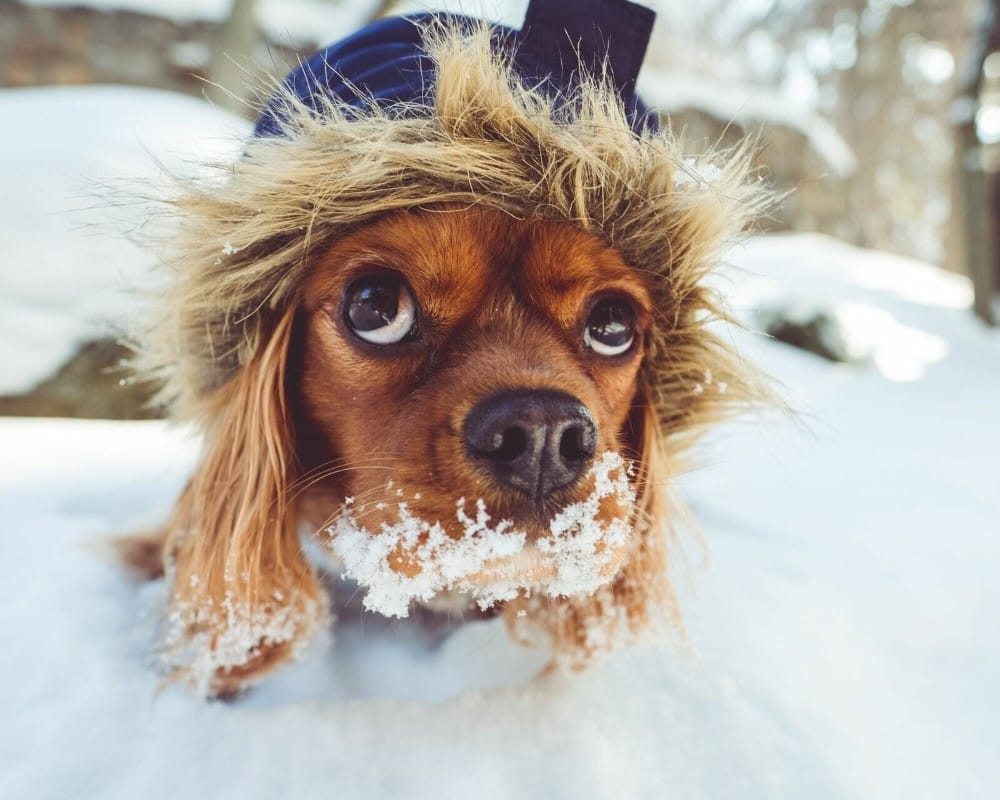This article has been updated.
Congratulations! You’re about to welcome a puppy into your life. It’s exciting, and for first-time dog parents, a little scary. It’s going to take patience, care, compassion and a good sense of humor, but it’s worth it. You’re getting a lifelong companion who will love you unconditionally and give you plenty of kisses, cuddles, and fun adventures.
But before you embark on this four-legged journey, there are steps you can take to make your puppy’s transition (and yours) easier, calmer, and productive.
This post contains products independently chosen (and loved) by our editors and writers. This Dog’s Life may earn a small commission on qualifying purchases of the products we link to.
Do Extensive Research on Where to Get Your Puppy From
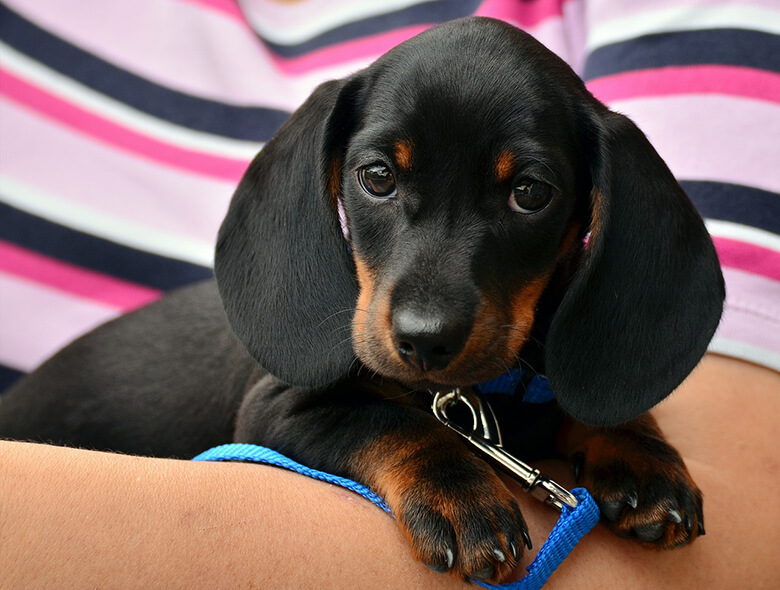
Often, people think puppies just come from breeders. This could be further from the truth. Of the approximately 3 million dogs surrendered to shelters each year, many of them are puppies — and not just mutts. There are Chihuahuas, Beagles, Labradors, and everything in between. If you don’t believe us, get to know your local rescue groups, and see what dogs they have available on their website and social media pages. You can also find rescue puppies by searching on Pet Finder or do an internet search for a particular breed specific rescue. You will be pleasantly surprised how many adorable puppies are waiting to find a home.
Related: Here Are 10 Small Dog Breeds That Don’t Shed or Make You Sneeze
If you want to buy a puppy, do extensive research. While there are plenty of good breeders out there, there are also many bad actors that put profit over the health and wellbeing of the puppies and their parents. Avoid pet stores that sell dogs as they virtually all come from puppy mills.
When searching for a breeder, here are some red flags:
- Sell many different breeds of purebred or “designer dogs”
- Sell puppies younger than 8 weeks
- Sell puppies without an in-person meeting first
- Refuse to show you where the puppies are bred, live, and who the parents are
- Have ads that allow you to click and buy a puppy without screening
- Won’t commit to a health contract or agree to take the puppy back if necessary
- Don’t vet you, the potential owner
Good breeders will:
- Ask you for references
- Talk to you at length
- Allow you to come to their facility (or home) and see where the dogs are kept
- Provide health certificates and contracts
- Give advice on the breed and training
- Follow-up to make sure your puppy (and you) are thriving
Related: Everything You Need to Know About Introducing a Puppy Mill Dog Into Your Home
Stock Up on Supplies.
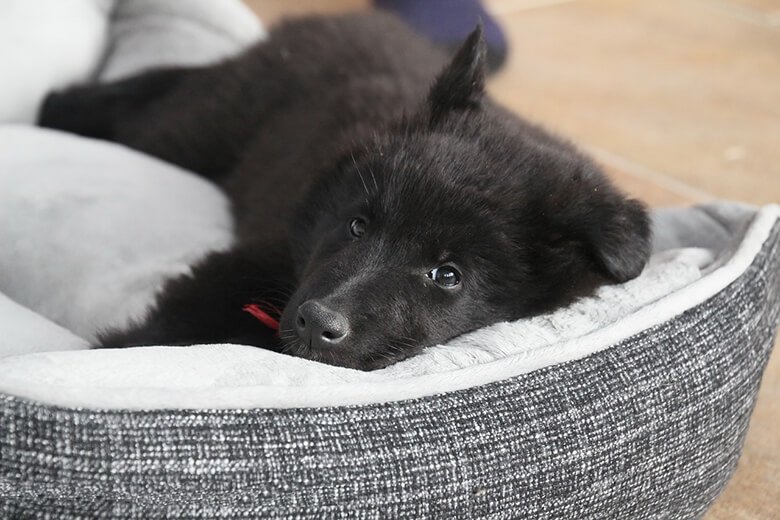
The better prepared you are, the more you can focus on your new baby. You’ll need some supplies:
- Food and water bowls of an appropriate size
- Puppy pads for housetraining
- Poop bags
- A collar/harness and leash
- ID tags (or a personalized ID collar with your contact information)
- Dog food (get the food your dog has been eating initially to avoid tummy upset)
- Treats
- Toys including chew toys and stuffed toys
- A crate or playpen
- A dog bed
- A gate or exercise pen for housetraining.
- Dog seatbelt if you’re traveling by car
- Grooming tools, including combs or brushes depending on your dog’s coat, puppy shampoo and conditioner, doggie dental care products and nail clippers
- Housecleaning products to remove stains and odors
Related: Check Out the 6 Best Dog Playpens on the Market to Keep Your Pup Safe and Happy
Get Your House Ready
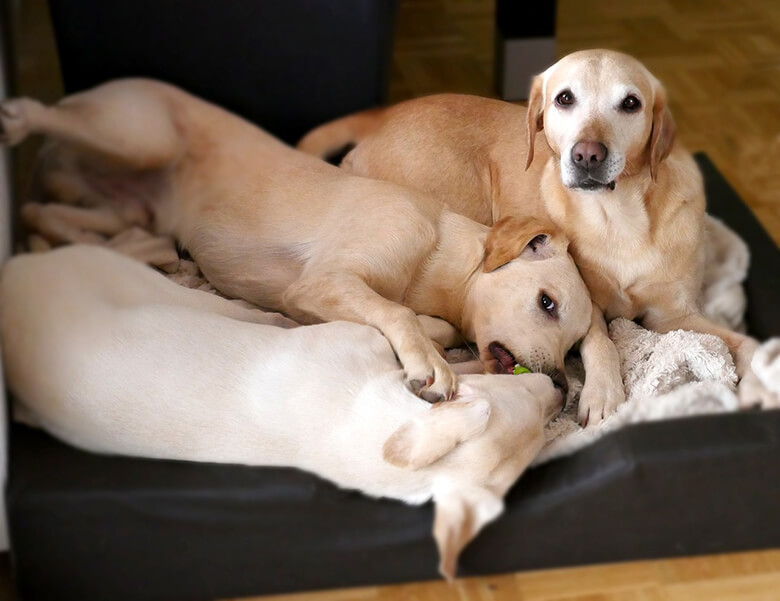
Puppy-proof your house. Like babies, puppies will put everything in their mouths. Get down on the floor at puppy level. Pick up anything that is a choking hazard. Secure household cleaning products, all medicine, cosmetics, skincare, bags (including backpacks, handbags, plastic bags, etc.) and anything toxic, including glue, antifreeze, pesticides, foods toxic to dogs and plants toxic to dogs. If you’re attached to your shoes, socks, and underwear, put them in a place a puppy can’t reach.
Schedule Time Off
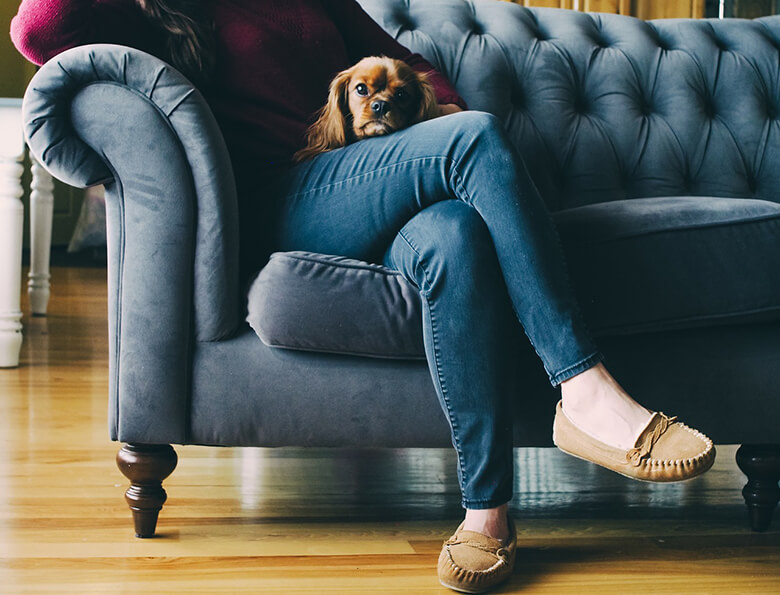
Puppies need attention, especially when you first bring them home. Plan to take a few days or even a week off; never bring home a puppy and leave the next day for a 10-hour workday. At the very least, get your puppy on a Friday and spend the weekend with her. You’ll need to bond with your puppy (which will make training easier), get her settled in, make sure she is eating and drinking, and start housetraining and socialization.
If you are out of the house normally all day long, arrange for back-up puppy care. This can be a dog walker (a few times a day) or doggie daycare. Before choosing, get references. Look for daycare that has puppy cams and a low incidence of injuries, and dog walkers recommended by people you know.
Related: How to Find the Perfect Dog Sitter for Your Pup
Picking Up Your Puppy
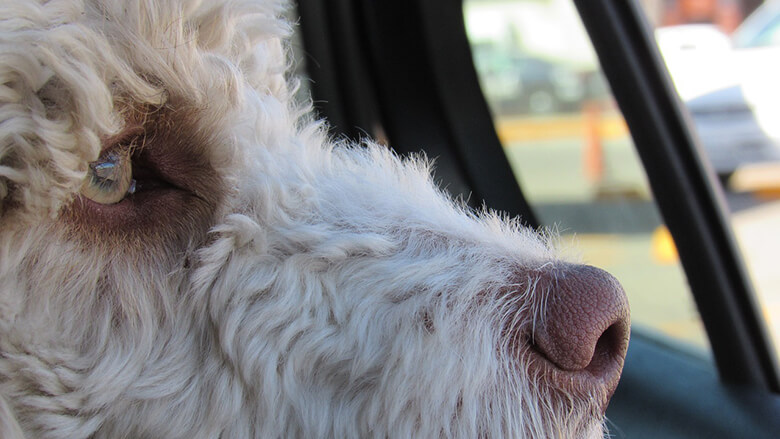
Finally! If you’re traveling by car to pick up your puppy, bring along a crate, carrier ,or attach a doggie seatbelt in the backseat. It’s also advisable for car trips to bring along another person to either keep your puppy calm or drive the car (so you can keep your puppy calm). Pack the harness/collar and leash, some treats, a puppy pad, and a towel for accidents.
If you’re picking your puppy up from a breeder or a rescue, you may get some supplies to go. Make sure you find out the brand of dog food they’re using. In most cases, your puppy won’t be used to a leash, so don’t be surprised if he balks and refuses to move or pulls you all over the place.
Before getting into any transportation, take your new dog for a potty break. He may not understand that the great outdoors is his bathroom; try putting a puppy pad down on the ground. Give him time to relax; it’s better to take longer now than have to clean up later.
In your car, be sure to secure the crate so it doesn’t slide around. If you’re using a seatbelt, put a towel on the seat in case of accidents. Remember: accidents are normal. Never yell at your dog, push his nose it in, or hit him. All this will do is add fear around a natural body function. Give him some treats and reassure him. You’ll both figure it out together.
Related: Want a Couch Potato? Here Are 10 Lazy Dog Breeds.
Introducing Your Puppy to Her New Home
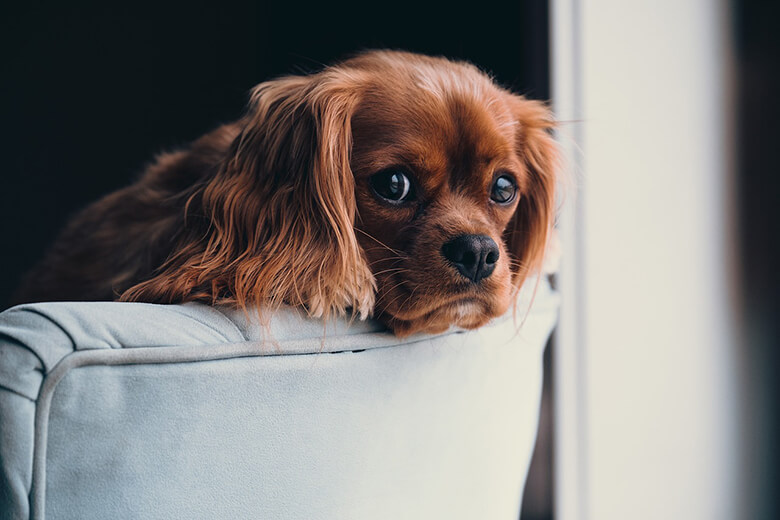
Expect your puppy to be nervous. Even a dog with an outgoing personality is usually a little shell-shocked when she arrives in her new home. For the first few days, try to keep the noise down and create a calm, peaceful environment.
Related: 5 of the Most Common Mistakes First-Time Dog Owners Make, According to an Expert
If you have children, don’t let them rush up to pet the dog. This is how kids get bit. It’s imperative that you understand dog body language and how to introduce your puppy to your kids. Most people may not know that many dogs do not liked being hugged around the neck. This also results in dogs biting.
Introduce your dog to the crate or the exercise pen where she will sleep. It’s a good idea to put it next to your bed so he can smell and see you at night. Your puppy may cry at night the first few days. There’s nothing wrong with taking him out and comforting him.
It’s a good idea to have your dog sleep in his own area until he’s housetrained.
Related: The 6 Best Dog Crates for Medium to Large Dogs
What’s Next?
Schedule a visit with a veterinarian for a full checkup. If you don’t have a vet, ask around for references. The better your pup’s experience, the easier vet trips will be. Your puppy should have received their first vaccination at around 6-8 weeks, followed by another at 9-11 weeks, another at 12-14 weeks, and the final round at 16-17 weeks. Booster shots are generally given at one year. The rabies vaccination is given around 16 weeks, with a booster around every 3 years.
Housetraining should begin immediately. A frequent schedule of walks should be followed, starting out with a bathroom break every hour or two. It’s also a good idea to take your dog out in the middle of the night when the puppy is very young. Puppies do not have the muscle to “hold it” until they are older. Generally, puppies can hold it for as many hours as their age, plus one hour. That means a 3-month-old puppy can generally hold it for four hours.
Check out a local puppy class. They are good resources for basic obedience training and socialization. As soon as your puppy has adjusted to his new home, start taking him into as many places as he’s allowed. Socialization is achieved most effectively before the puppy is 16 weeks. Take him by construction, fire trucks, police officers and their cars, buses, garbage trucks, street sweepers, into post offices, drug stores, dog runs and parks (but always keep him on a leash and supervised). Introduce him to men and women wearing hats, sunglasses, in wheelchairs and using canes. Walk him by a skate park, bike path, jogging track (but make sure to keep out of the way!). Have your friends visit with plenty of treats. Just remember: training should always be done using positive rewards.
You and your puppy will learn a lot the first few weeks. Be patient with yourself and especially with your dog.


















